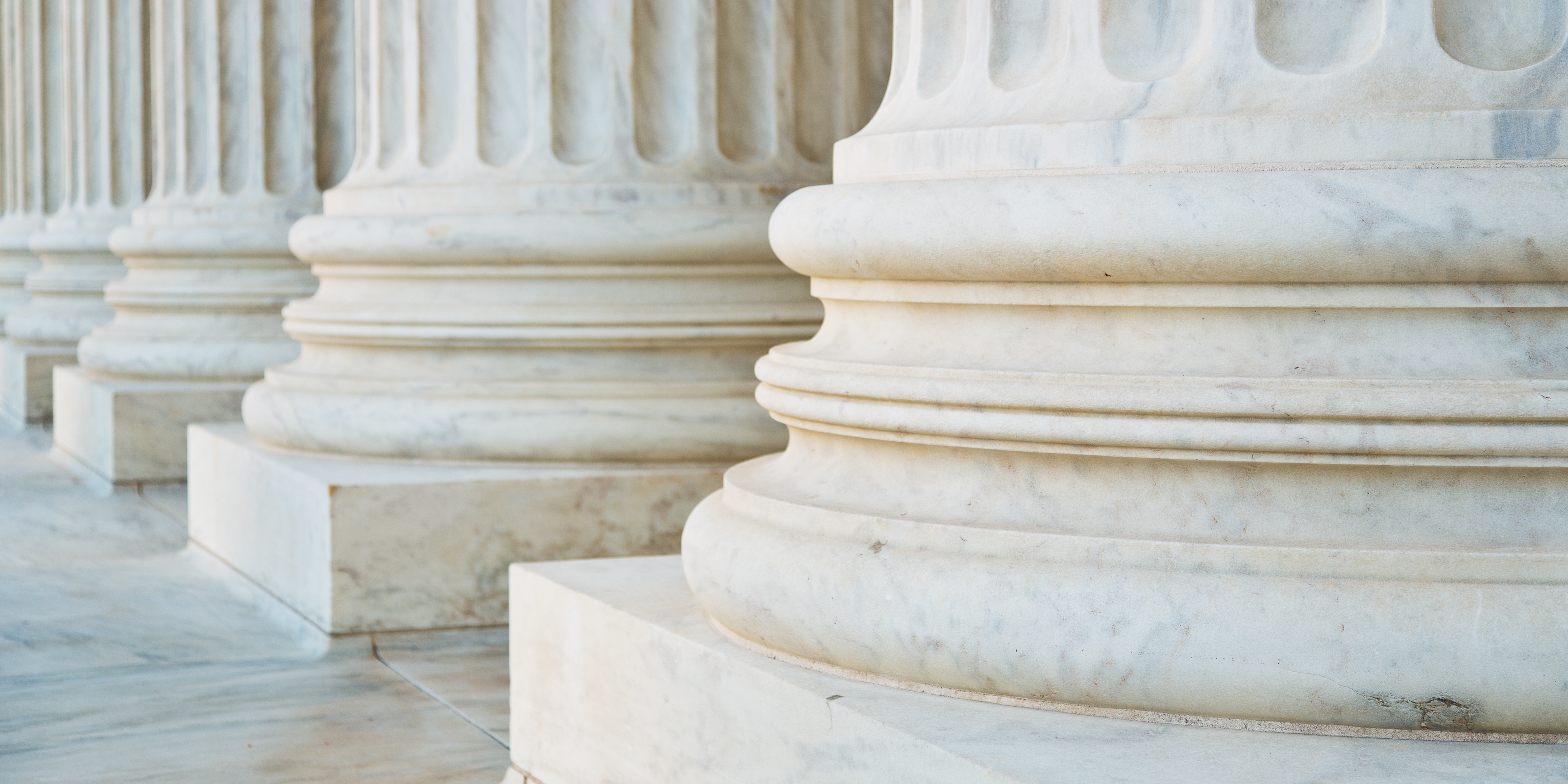In several of my previous entries about space reduction, I highlighted the impact of new technologies on mobile work practices and the resultant effect on the physical environment of today’s office space. In particular, these articles have emphasized the continued trend toward reducing the overall amount of space needed for a mobile and flexible office, which is continuing unabated. For example, let’s look at the federal government, the largest office space tenant in the country.
In 2013, the U.S. Office of Management and Budget (OMB) initiated the Freeze the Footprint program to contain the increasing cost of federal office space. It was presumed that a reduction in the required office space measured on an average square foot per person basis would drop in the future in an amount sufficient to accommodate any growth in the federal workforce and programs.
This was combined with the No Net New policy, where an agency could only add new space if it disposed of an equivalent amount of existing space. However, after nearly two years of analysis, the OMB has recognized that mobile work practices are not only reducing space requirements enough to accommodate growth, they are reducing space requirements to below current inventory levels. For this reason, the OMB has recently rolled out the Reduce the Footprint program.
Space Reduction In the News
In a recently published interview with Federal News Radio, the OMB controller they described the intent of the formally titled National Strategy for the Efficient Use of Real Property: Reducing the Federal Portfolio through Improved Space Utilization, Consolidation, and Disposal.
He summarized the strategy as having two mandates for federal agencies:
(1) “Set an annual square foot reduction target” and
(2) “Adopt space design standards for future office space.” He further explained, "What we learned in two years is that every organization has a unique set of circumstances, so what the policy says is we want you to continue to reduce your total real property footprint, but based on the uniqueness of your mission come back to OMB every year to reset the baseline to reduce real property further….”
Shrinking the federal government's footprint is an enormous task intertwined with policies, new technologies, and change management. Moving government agencies from traditional office space into a more mobile and flexible work environment is a worthy goal. However, un-tethering people from their respective workstations and reducing the space footprint requires strategy.
In response to the OMB’s challenge, federal agencies should pursue a comprehensive space reduction strategy through an initial assessment of design standards and square foot reduction targets followed by a program of ongoing monitoring of their effectiveness. As presented in past blogs, such as Modeling Space Reduction for a Portfolio of Facilities, a space utilization model can help identify space reduction targets by calculating mobile and collaborative space needs, estimating project costs, and analyzing the return on investment.
In my recent article, Technology, Mobility, Flexibility, and Beyond, I hypothesized that we are headed “to infinity and beyond” in the evolution of the mobile office. While infinity may be a bit far, the OMB's recent actions support that this hypothesis's general trajectory is continuing by agencies adopting policies that promote a more mobile and flexible work environment.










.jpg)


.jpg)
.jpg)
-1.jpg)
.jpg)
.jpg)
.jpg)
.jpg)
.jpg)

